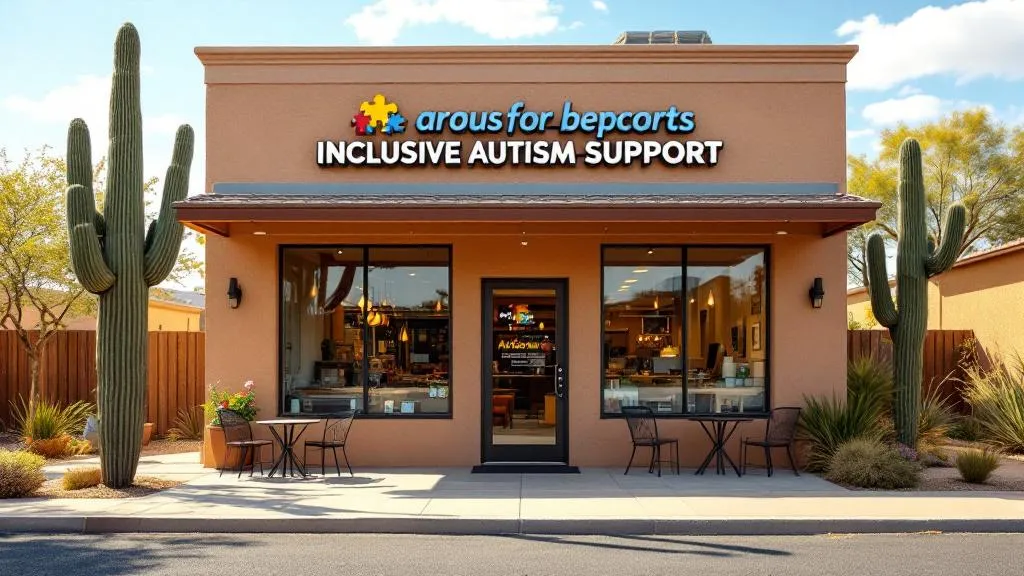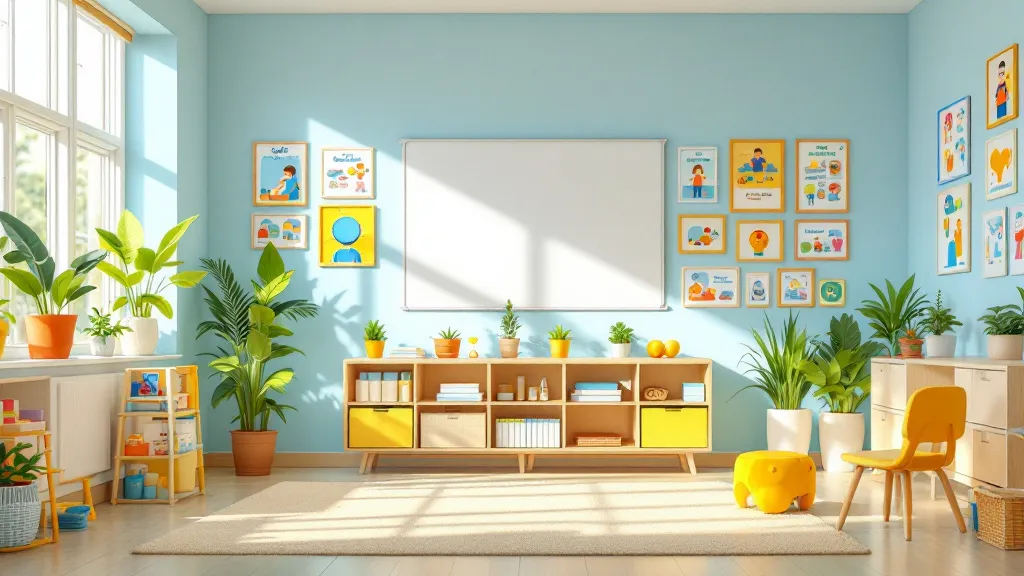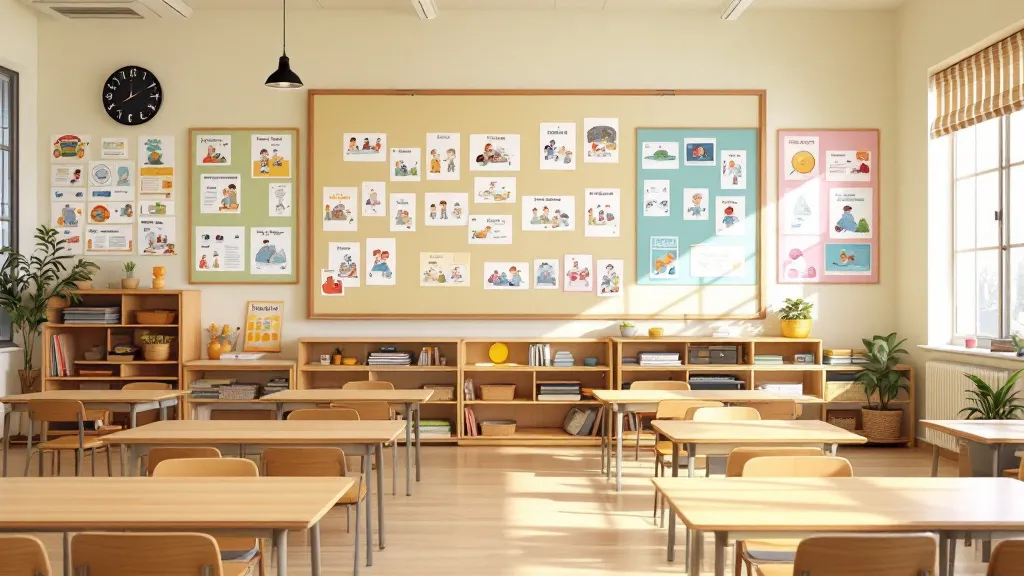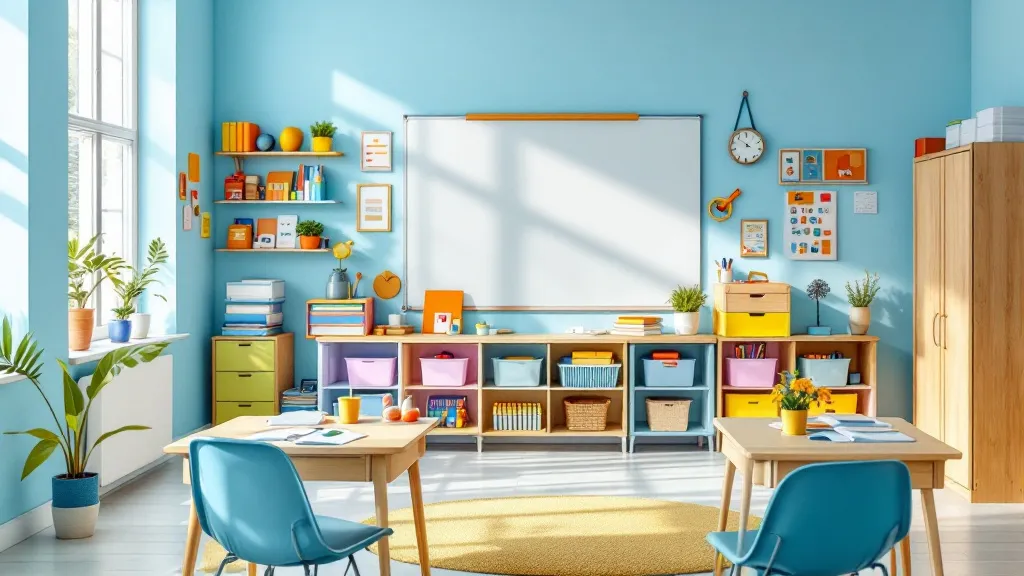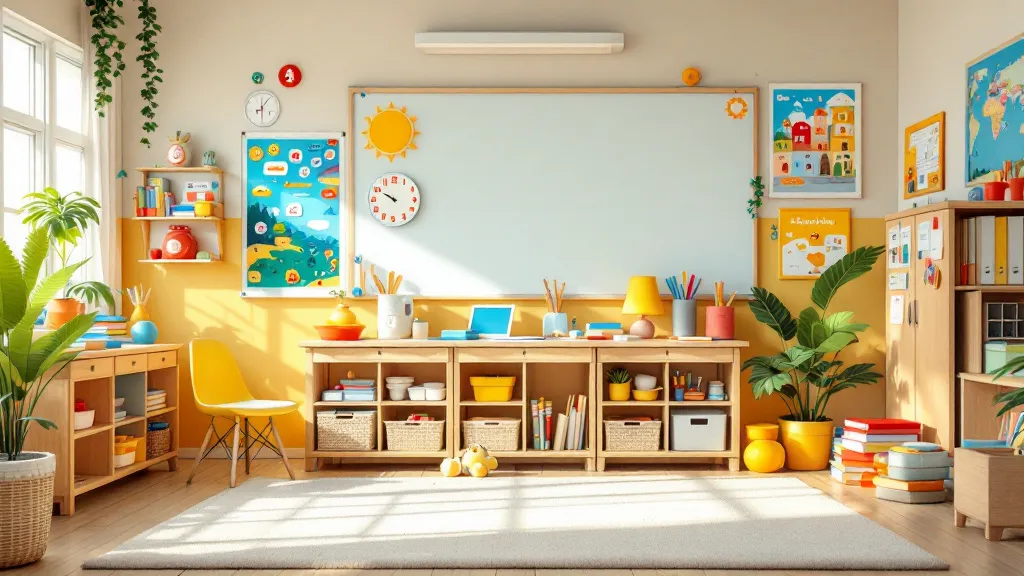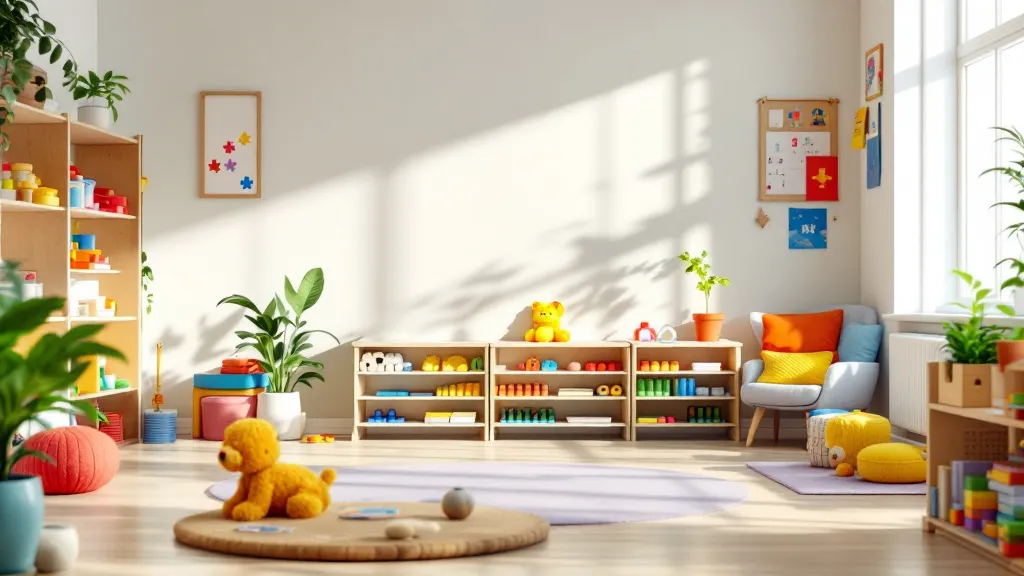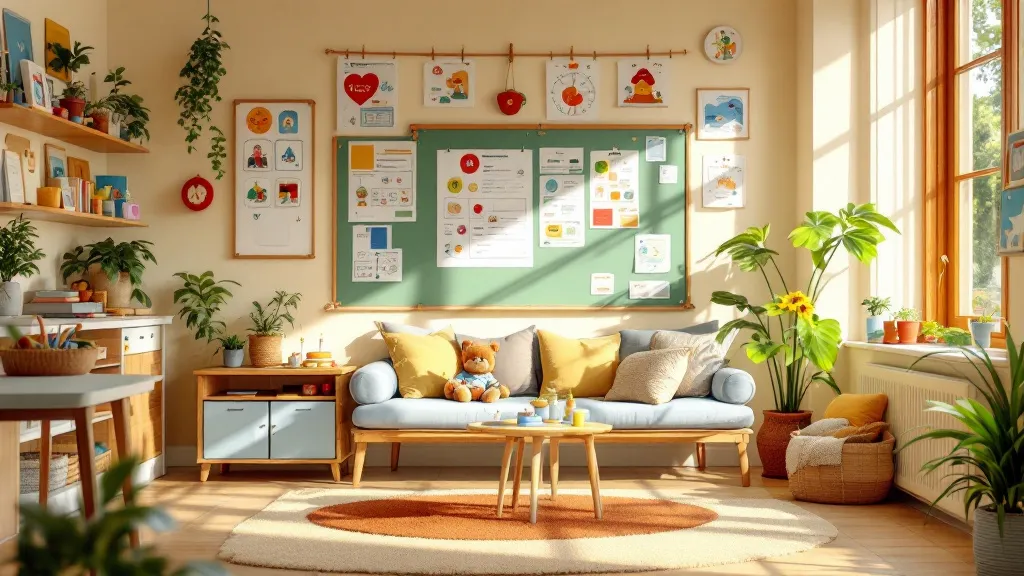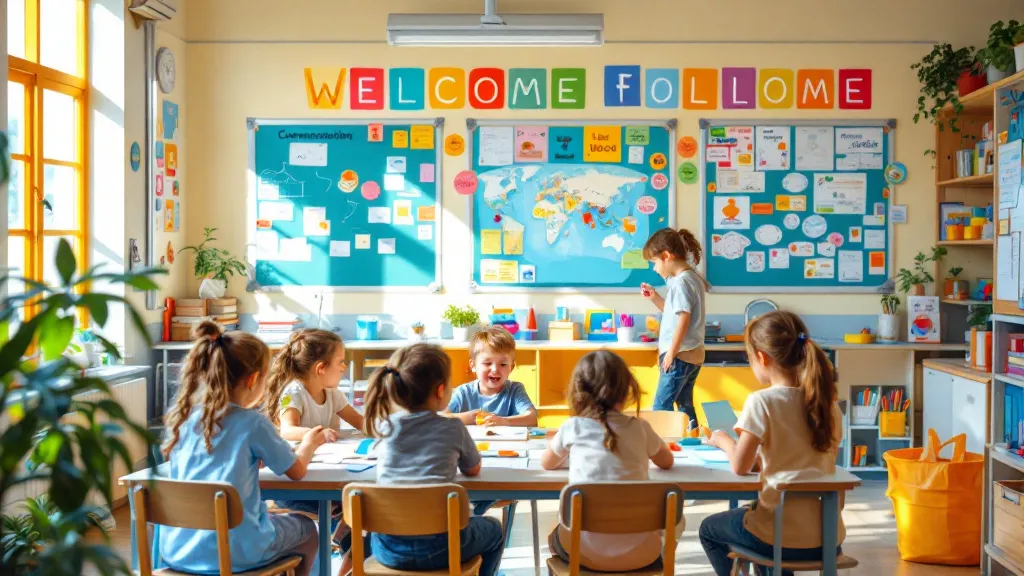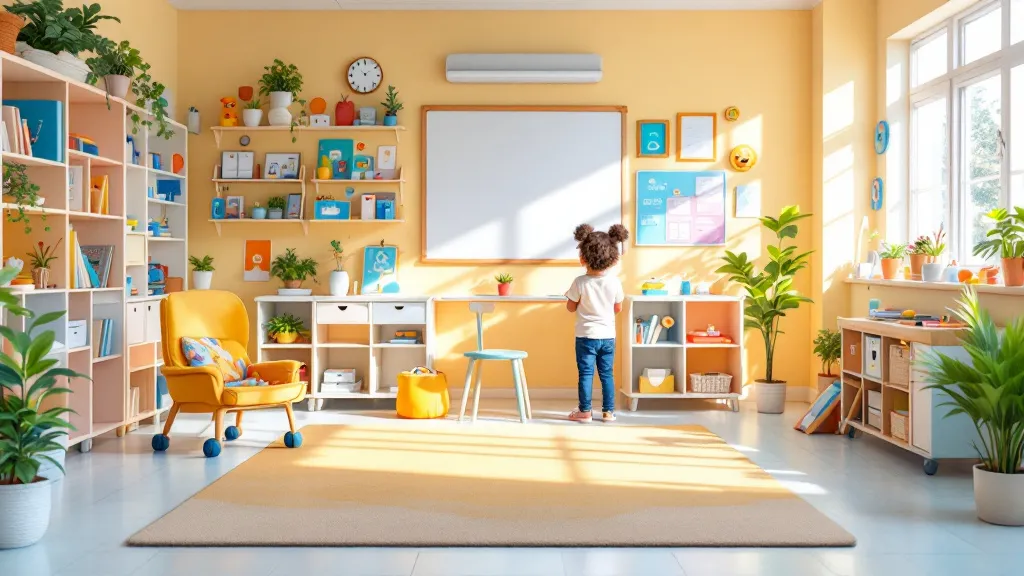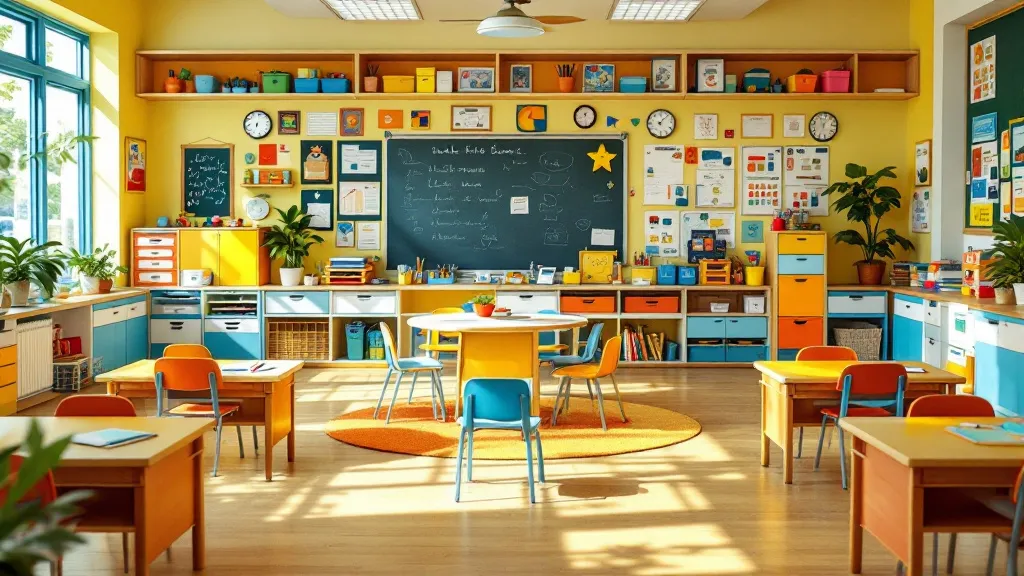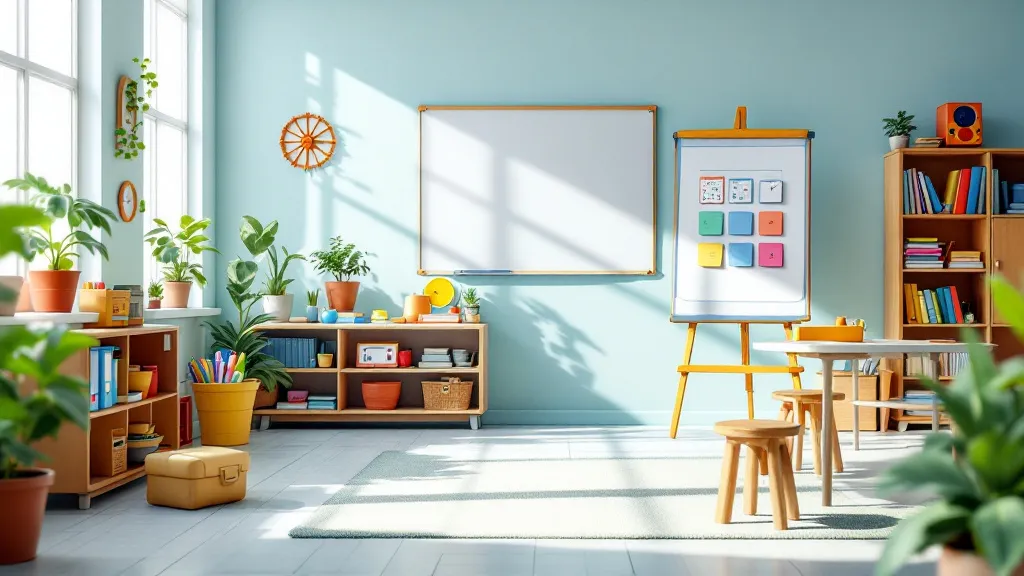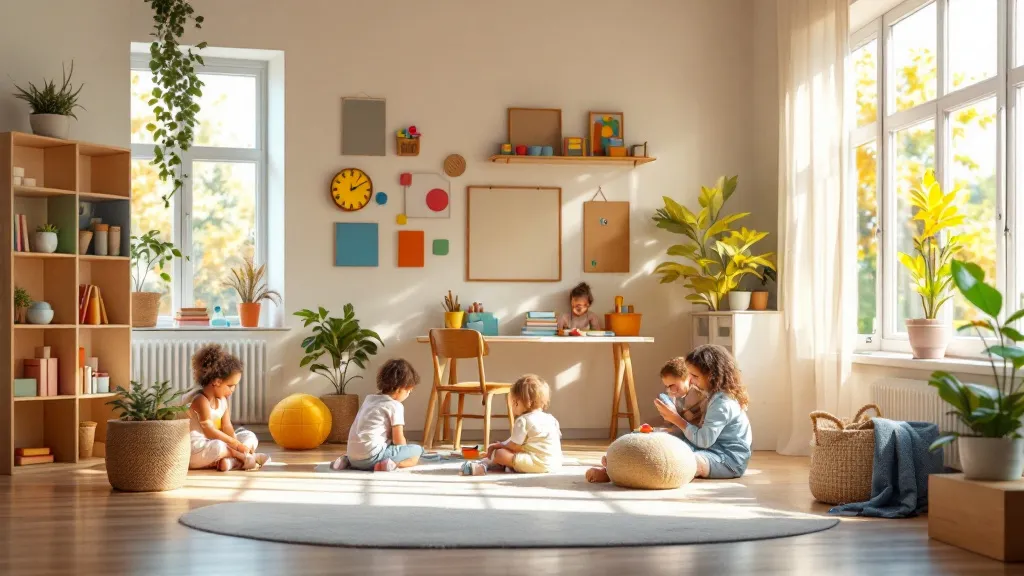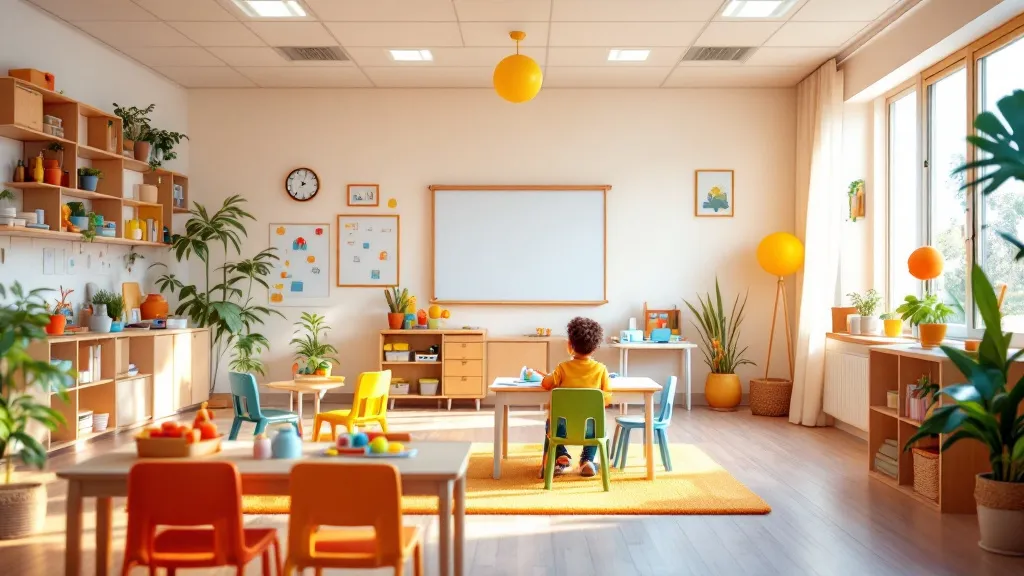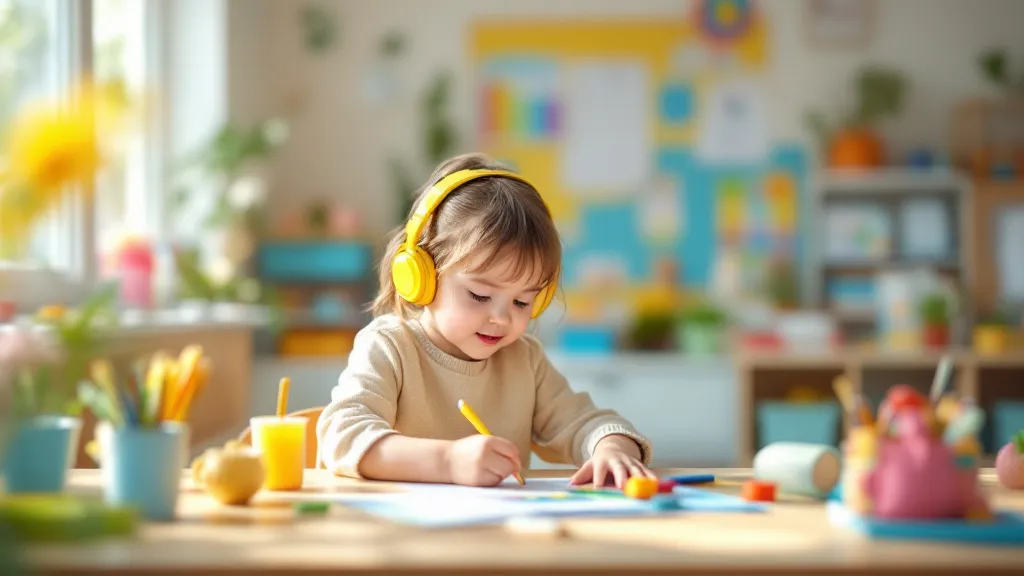How to support autistic children in group learning settings
Creating Inclusive Classrooms for Success

Understanding and Supporting Autistic Learners in Group Settings
Supporting autistic children in group learning environments requires a comprehensive understanding of their unique needs and the implementation of tailored strategies. Educators play a vital role in fostering an inclusive, sensory-friendly, and supportive classroom that promotes social, communication, and academic development. This article explores best practices, instructional methods, environmental modifications, and social skills development techniques to enhance learning experiences for autistic students.
Personalized Support Through Individual Needs Assessment
 Understanding each autistic child's unique needs is crucial for providing effective support in group settings. Teachers can start by using tools like the 'About Me' information sheet, which gathering details about the child's preferences, sensitivities, and strengths. This simple yet powerful resource helps educators tailor their strategies to suit each learner.
Understanding each autistic child's unique needs is crucial for providing effective support in group settings. Teachers can start by using tools like the 'About Me' information sheet, which gathering details about the child's preferences, sensitivities, and strengths. This simple yet powerful resource helps educators tailor their strategies to suit each learner.
For example, some children may be highly sensitive to noise or touch, requiring adjustments to sensory input, while others might excel with visual aids or routine-based approaches. By identifying these individual differences, teachers can create a more inclusive environment that promotes engagement and reduces stress.
Personalized strategies can include customized visual schedules, sensory-friendly spaces, or specific communication supports. This approach ensures that support is not one-size-fits-all but responsive to each child's evolving needs.
Are there downloadable resources or PDFs that provide strategies for teaching students with autism?
Yes, there are numerous downloadable resources and PDFs that offer strategies for teaching students with autism. The School Community Tool Kit provides free materials such as handouts, lesson plans, activity sheets, and visual tools designed to support both academic and social success. The National Autism Center’s website offers downloadable tip sheets, social narratives, and guides including 'Profound Autism: A Parent’s Guide,' which feature evidence-based strategies for various educational and social scenarios.
Organizations dedicated to autism support also provide resources aimed at increasing awareness, understanding, and acceptance. Many of these materials include behavior management tips and communication development strategies, all intended to complement existing curricula.
Using these resources can help educators implement consistent, effective techniques across different settings, ensuring each child's individual needs are adequately met. For more ideas, a quick online search with the phrase “Support strategies for teaching students with autism PDF downloadable resources” can yield a wealth of helpful materials.
Building a tailored support plan is an ongoing process that involves collaboration with families, specialists, and the children themselves. This collaborative effort ensures that strategies remain relevant and empower children to reach their full potential.
Creating a Welcoming and Structured Learning Environment
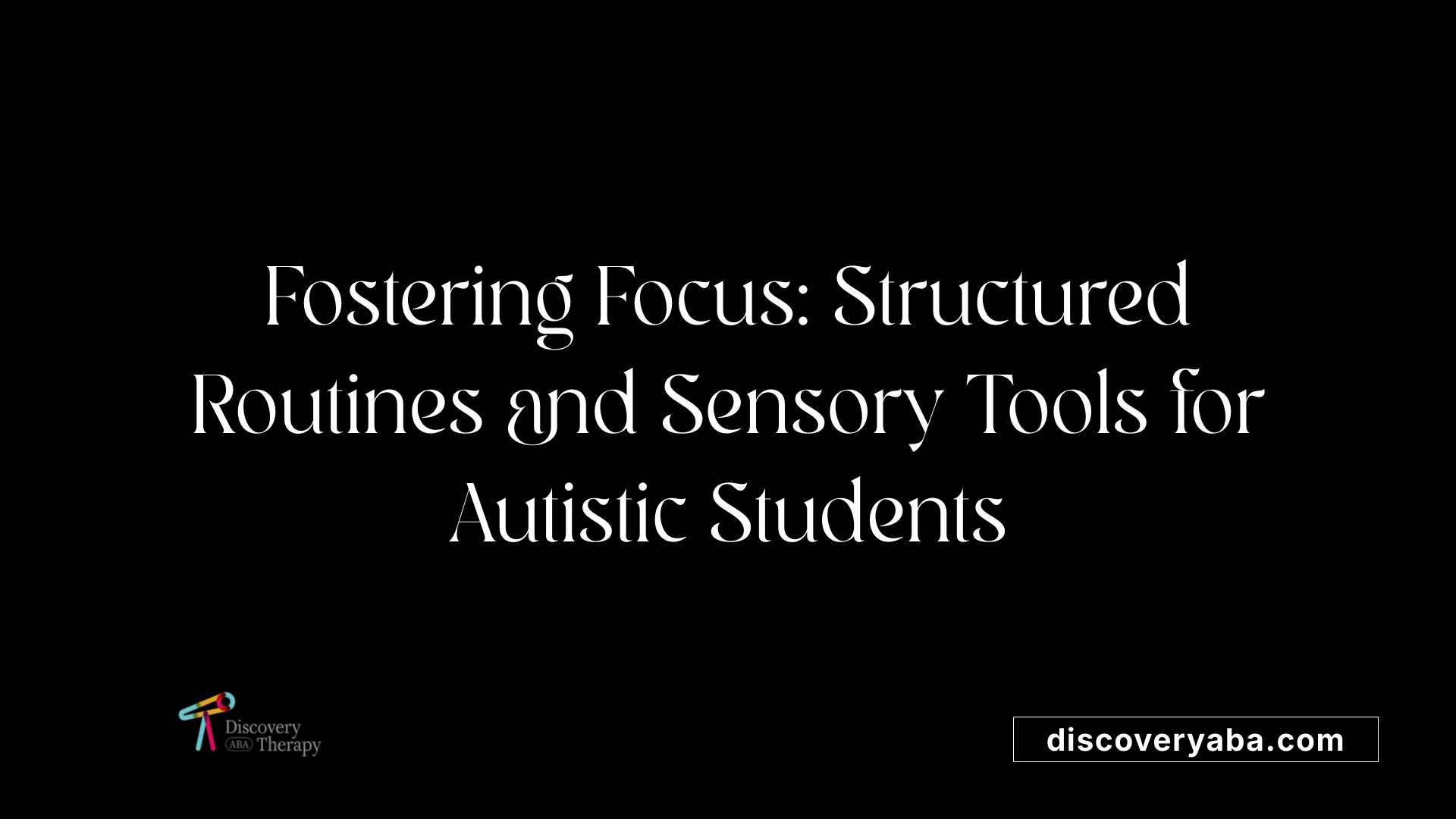
How can educators help autistic children focus in classroom settings?
Supporting autistic children in classroom settings requires thoughtful planning and consistent strategies. One fundamental approach is establishing clear routines and visual supports. Visual schedules, placed prominently in the classroom, allow students to see what activities are coming next, reducing uncertainty and anxiety. Using visual cues such as picture charts, first-then boards, or timers helps children understand expectations and transitions, fostering a sense of predictability.
Sensory-friendly tools also play a vital role. Noise-canceling headphones and fidget toys can help students manage sensory overload, which often disrupts focus. Creating a sensory-friendly space within the classroom provides a quiet retreat for students needing a break. Moreover, minimizing distractions by arranging the classroom thoughtfully—such as strategically placing desks and reducing visual clutter—supports sustained attention.
Engagement can be further improved through activities tailored to each child's interests and strengths. Breaking complex tasks into smaller, manageable steps makes learning less overwhelming. Incorporating activities that involve the child’s interests or favorite topics increases motivation and focus.
Positive reinforcement is essential; complimenting efforts and progress encourages children to stay engaged. Providing structured social opportunities, like turn-taking games or small group interactions, can also help develop attention and collaboration.
Collaboration with families, therapists, and support staff ensures consistency across environments. Regular communication about each child's needs allows educators to adapt strategies effectively. Ultimately, creating a supportive environment that emphasizes predictability, sensory regulation, and personalized engagement helps autistic children focus better, progress in their learning, and feel more comfortable in the classroom setting.
Instructional Strategies for Inclusive Education
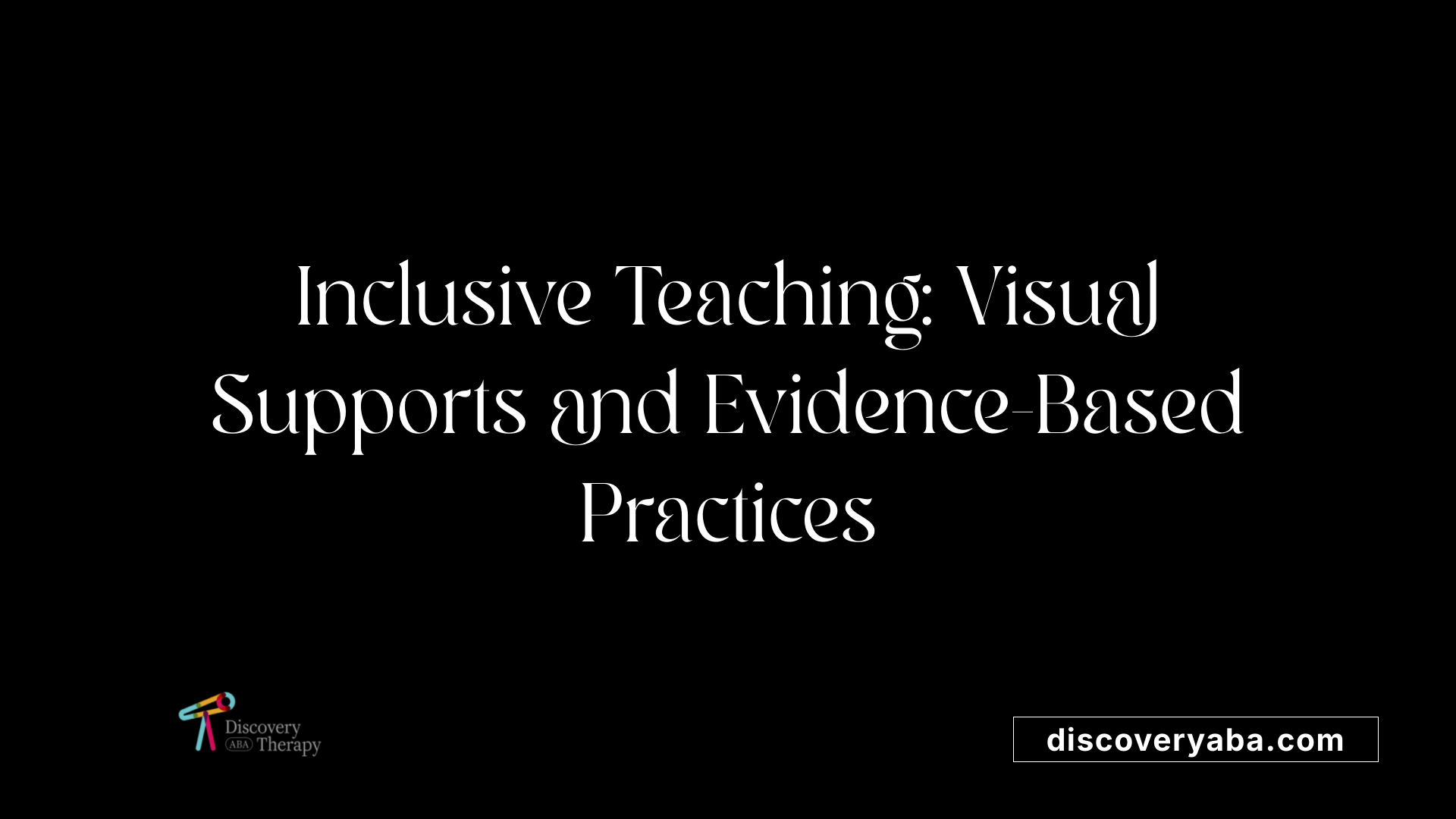
What are effective instructional strategies and practices for supporting autistic children in inclusive classroom environments?
Supporting autistic children effectively in inclusive settings involves a combination of structured, visual, and individualized strategies. Establishing routines with visual supports, such as picture schedules and first-then boards, creates a predictable environment that helps reduce anxiety and increases student independence. Clear and simple directions complemented by visual cues and social narratives support understanding and communication, especially when language processing challenges are present.
Sensory integration is crucial. Creating spaces within the classroom that are sensory-friendly, equipped with noise-canceling headphones, fidget toys, and flexible seating options, allows students to manage sensory overload and stay focused. Additionally, incorporating movement breaks and sensory tools throughout the day helps children regulate their emotions and behaviors.
Evidence-based practices underpin effective teaching. Applied Behavior Analysis (ABA) techniques, including positive reinforcement and systematic prompting with fading, are widely supported by research to promote skill development and decrease challenging behaviors.
Structured teaching models like TEACCH and programs like the STAR Program focus on visual supports, routines, and engagement strategies tailored to each child's needs. These models foster skill acquisition, social interaction, and independence.
Fostering peer relationships is also essential. Group activities, peer mentoring, and social narratives facilitate social skills and acceptance among classmates. Ongoing teacher training and collaboration with specialists and families ensure interventions are consistent and responsive.
In summary, a combination of visual supports, sensory accommodations, structured routines, evidence-based practices, and social opportunities creates an inclusive learning environment that supports the diverse needs of autistic children.
Supporting Social Skills and Communication Development
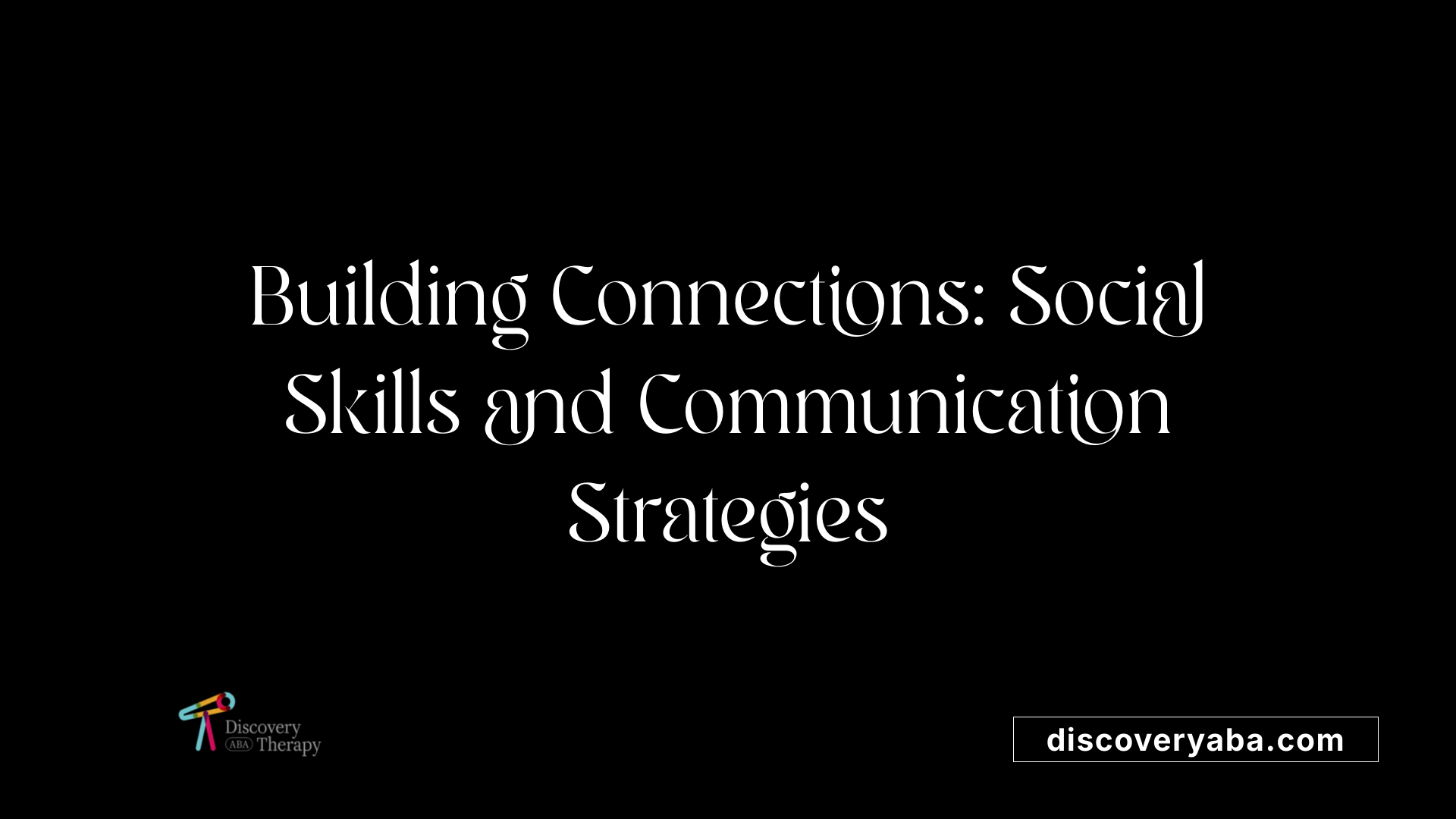
What are effective methods for developing social skills and communication in children with autism?
Developing strong social skills and communication abilities in children with autism involves multiple evidence-based approaches tailored to their unique needs. Structured programs like the UCLA PEERS are designed to provide consistent, week-long lessons on specific social behaviors, including how to engage with peers, understand social cues, and navigate social situations effectively. These programs often include role-playing, group activities, and feedback, which help children practice skills in a safe, predictable environment.
Peer-mediated interventions are also highly effective. Using classwide peer tutoring (CWPT) or Peer-Assisted Learning Strategies (PALS), children with autism can learn social and academic skills through interactions with peers who are trained to model appropriate behaviors. These strategies foster inclusion, promote positive interactions, and help children generalize new skills in natural settings.
In addition, explicit instruction methods such as social stories, emotion cards, and role-playing are valuable tools. Social stories help children understand social expectations by providing visual and narrative cues. Emotion cards enable kids to recognize and label feelings in themselves and others, enhancing empathy and social awareness.
Video modeling, particularly video self-modeling, allows children to watch themselves successfully performing social behaviors, boosting confidence and understanding. Combining these tools with sensory considerations and reinforcement strategies, like praise and descriptive commenting, reinforces positive behaviors.
Creating opportunities for naturalistic practice is crucial. Incorporating social skills in real-world contexts—through community activities or structured classroom interactions—helps children apply learned behaviors outside of therapy or structured lessons. Consistent use of visual aids, clear routines, and low-pressure environments reduces anxiety and facilitates ongoing social participation.
Teachers and caregivers should continually assess each child's progress through performance data, adapting strategies as needed. Interventions should focus not only on skill acquisition but also on generalization across settings, ensuring that children can maintain and expand their social and communication abilities in everyday life.
Using Peer-Mediated Instruction to Promote Inclusion
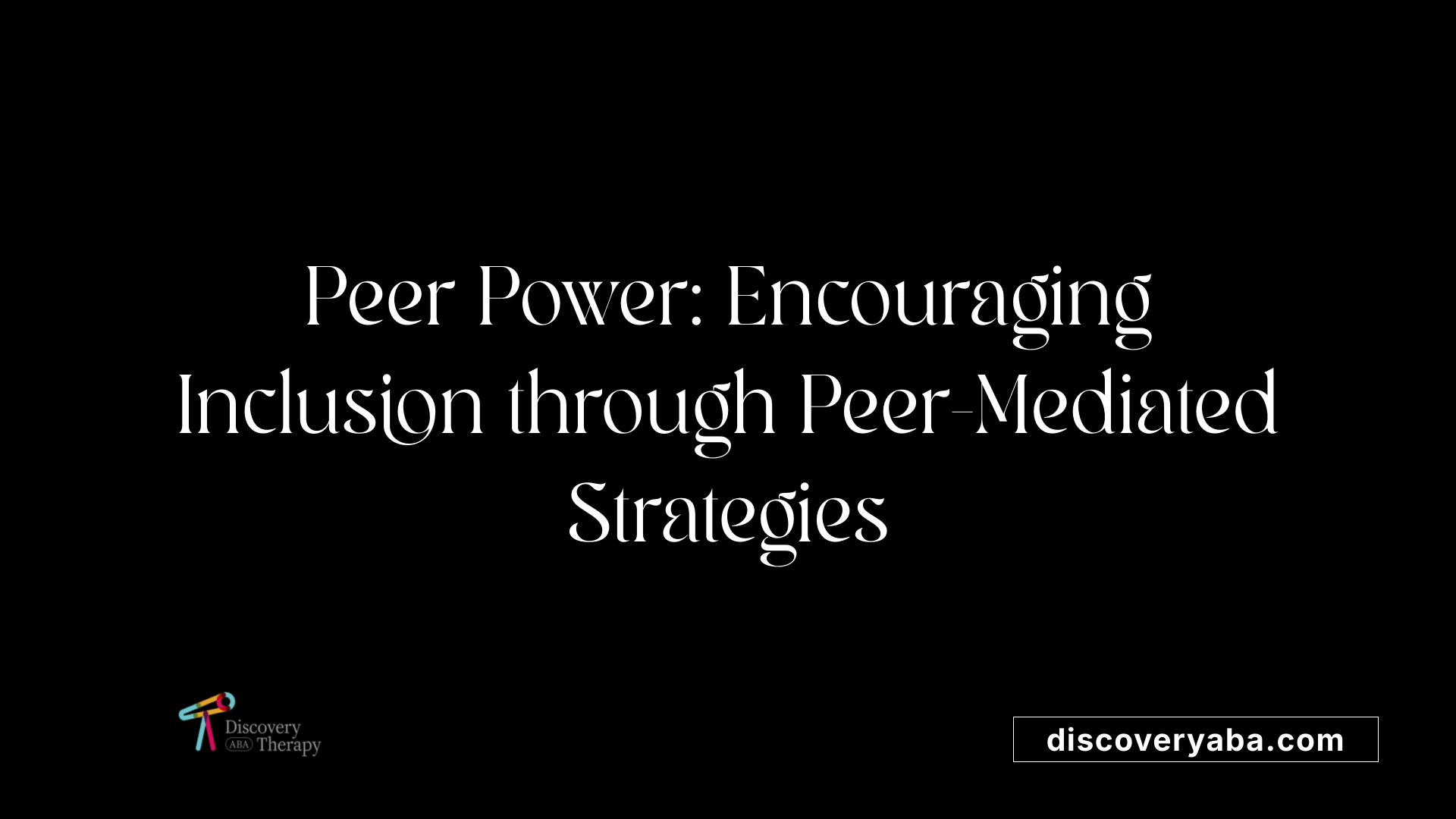
What are some common behavior management strategies for students with autism?
Supporting students with autism effectively in group settings requires a thoughtful approach to behavior management. One essential strategy involves using visual supports such as schedules, choice boards, and social narratives. These tools enhance predictability and help children understand expectations, reducing anxiety and behavioral challenges.
Reinforcing positive behaviors through praise, descriptive commenting, and rewards encourages students to engage in desirable actions. Clear, structured routines and breaking down tasks into small, manageable steps further support independence and flexibility.
Creating sensory-friendly spaces or incorporating sensory activities allows children to self-regulate and manage sensory overload. Natural stimming, along with sensory breaks, helps children stay focused and calm.
Effective communication skills play a vital role as well. Using visual aids, simple language, and augmentative communication systems like PECS can help students express themselves and understand instructions.
Finally, collaborating with families and specialists ensures consistent, personalized behavior support. These approaches build a supportive environment conducive to positive social interactions and learning.
Implementing peer tutoring and group activities to encourage social interaction
Peer-mediated instruction offers an effective way to foster inclusion and develop social skills among children with autism. Structured group activities and peer tutoring involve students supporting each other, which benefits everyone.
Peer tutoring can include activities like reading buddies or collaborative game sessions, where peers model appropriate social and communication behaviors. These interactions give children with autism opportunities to observe and imitate positive social cues in natural settings.
In group activities, teachers can design tasks that promote teamwork, cooperation, and shared goals. These strategies encourage social engagement while providing a safe environment for practicing new skills.
Training peers to support and model appropriate behaviors
Training peers is vital for the success of peer-mediated interventions. Peers need guidance on how to support their classmates with autism, including understanding individual needs and preferred communication methods.
Training sessions often involve role-playing, modeling targeted behaviors, and providing feedback. Peers learn how to use prompting, offer encouragement, and assist with transitions or sensory needs.
Furthermore, fostering empathy and understanding among students cultivates a positive classroom atmosphere. When peers are equipped to support their classmates, it promotes acceptance and reduces social isolation.
Creating a positive, inclusive classroom culture to foster acceptance
Building a classroom environment rooted in respect and acceptance is the foundation for successful inclusion. Teachers can cultivate a culture of understanding by incorporating social stories, literature, and discussions about diversity and differences.
Celebrating individual strengths and interests helps students feel valued. Inclusive classroom activities should be designed to allow all children to participate meaningfully.
Establishing routines that involve peer interaction and cooperative learning supports social integration. Visuals, positive reinforcement, and consistent expectations reinforce a sense of security and community.
Creating opportunities for students to collaborate and celebrate achievements fosters a supportive atmosphere. These practices promote social acceptance and help all students thrive within an inclusive setting.
| Strategy | Implementation Tips | Expected Outcomes |
|---|---|---|
| Use of visual supports | Schedules, cues, and social stories | Reduced anxiety, increased understanding |
| Positive reinforcement | Praise, rewards, and descriptive comments | Motivated, engaged students |
| Structured routines | Clear, predictable daily schedules | Stability, behavioral consistency |
| Sensory accommodations | Quiet corners, sensory tools | Self-regulation, focus |
| Peer training | Role-playing, modeling behavior | Empathy, social participation |
| Inclusive culture | Celebrating strengths, cooperative activities | Acceptance, social connectedness |
Understanding and applying these peer-mediated and inclusive strategies are fundamental for fostering an environment where children with autism can learn, socialize, and succeed alongside their peers.
Group Interventions and Peer Support Programs
How can educators help autistic children focus in classroom settings?
Supporting autistic children in group environments involves a combination of structured routines, visual aids, and sensory-friendly tools. Establishing predictable daily routines and utilizing visual supports like picture schedules or visual cues help children understand what to expect, reducing anxiety and increasing focus.
Incorporating sensory accommodations, such as noise-canceling headphones, fidget toys, and flexible seating, can help manage sensory sensitivities and overstimulation. Limiting classroom distractions by thoughtful seating arrangements and creating a calm, designated space for stress relief also promotes sustained attention.
Engaging children through activities aligned with their interests, using clear instructions, and breaking tasks into manageable steps make learning more accessible. Positive reinforcement, such as descriptive praise and encouraging participation, helps maintain motivation.
Collaborating with families and support staff ensures consistency across environments, further supporting attention and engagement. Tailoring strategies to each child's unique needs—considering their sensitivities, preferences, and learning style—is essential for fostering an environment where children with autism can stay focused and actively participate.
Fostering Social Acceptance and Reducing Isolation
Promoting understanding and acceptance through reading and peer pairing
One effective way to support autistic children in developing social acceptance is through reading stories that highlight diversity, Inclusion, and empathy. Books that portray positive interactions among peers help children understand different perspectives and foster a sense of belonging.
Peer pairing is another practical strategy. By matching autistic children with empathetic classmates, teachers can promote meaningful social bonds. Structured buddy systems encourage spontaneous social interactions and help children practice social skills in a natural context.
Creating inclusive activities and social opportunities
Inclusion is strengthened by designing classroom activities that promote social participation. Group projects, cooperative games, and social skills groups extend learning while encouraging peer interaction.
Whole group instruction also plays a vital role. It provides children with autism a chance to observe and imitate social behaviors in a safe, structured setting. Visual supports, response cards, and structured routines make participation accessible.
Community outings and extracurricular activities further broaden social experiences. These occasions create realistic environments for practicing social skills outside the classroom, enhancing confidence and community engagement.
Encouraging self-advocacy and independence
Fostering self-advocacy involves teaching children to recognize their own needs and communicate effectively. Visual aids, social stories, and simple language support children in explaining their feelings and preferences.
Promoting independence through self-help routines and decision-making builds self-esteem. When children understand how to use visual schedules, self-regulation tools, and coping strategies, they become more confident in social settings.
| Strategy Type | Examples | Benefits |
|---|---|---|
| Storytelling and Books | Empathy stories, diversity-themed books | Enhance understanding, reduce biases |
| Peer Pairing and Buddy Systems | Classroom buddies, social matching | Promote social contact, decrease isolation |
| Inclusive Group Activities | Cooperative games, social skills groups | Foster teamwork, build friendships |
| Community Engagement | Field trips, sports, clubs | Expand social networks, real-world practice |
| Self-Advocacy Training | Visual aids, social stories | Improve communication, independence |
Understanding autism’s unique characteristics enables teachers to craft tailored strategies that promote acceptance. Recognizing each child's interests helps facilitate meaningful interactions and social growth.
Effective collaboration with families and specialists ensures consistency in support. Combining evidence-based practices like peer-mediated instruction and social stories provides comprehensive avenues for reducing social isolation and enriching the social lives of autistic children.
Continuous Professional Development and Collaboration
What are effective methods for developing social skills and communication in children with autism?
Supporting children with autism in developing social skills and improving communication requires a combination of structured programs, peer involvement, and individualized strategies. One highly effective approach is participation in social skills training programs like PEERS, which typically span 16 weeks and focus on teaching specific social behaviors, including ways to initiate and maintain conversations, develop friendships, and navigate social situations. These programs often integrate visual supports, role-playing activities, and explicit instruction to help children understand social norms.
Peer-mediated interventions are also fundamental. Techniques such as Classwide Peer Tutoring (CWPT) and Peer-Assisted Learning Strategies (PALS) use peers as models and supporters. These methods foster social interactions and academic engagement, creating natural opportunities for children with autism to practice skills in meaningful contexts.
In addition, tools like social stories, role-playing, and video modeling—including video self-modeling—are powerful for illustrating appropriate behaviors and social cues. Breaking down complex social skills into smaller, manageable steps and reinforcing them with positive feedback help children generalize what they learn to real-world settings.
Ongoing assessment through data collection and regular feedback allows teachers and therapists to tailor strategies to each child's evolving needs. By combining evidence-based practices, fostering supportive environments, and engaging families and specialists, educators can promote significant progress in social participation and communication.
How do collaboration and ongoing data collection improve classroom support?
Collaboration between teachers, specialists, and families ensures consistency across different settings and promotes a comprehensive approach to each child's development. Regular communication helps share insights, update strategies, and troubleshoot challenges together.
Using systematic data collection—such as tracking responses during activities, recording progress on goals, and noting behavioral changes—provides objective information to inform instructional adjustments. Feedback from these data points helps refine interventions, making them more effective and personalized.
Ongoing professional development, including training in programs like The Incredible Years and evidence-based models like TEACCH, equips teachers with current best practices. This continuous learning empowers educators to implement interventions confidently, adapt strategies when necessary, and stay aligned with emerging research.
Investing in collaboration and data-driven decision-making leads to more consistent support, improved outcomes, and a positive learning environment for children with autism. Ultimately, these practices foster not only skill development but also a classroom culture of understanding and acceptance.
Conclusion: Building Inclusive Educational Communities
How important are ongoing staff training, family collaboration, and evidence-based practices?
Creating educational environments where autistic children can succeed goes beyond initial training. Continuous professional development helps teachers stay updated with the latest strategies and research-backed methods, such as the Incredible Years program and TEACCH Structured Teaching. Regular training sessions, workshops, and self-study tools empower educators to adapt their approaches and implement effective interventions.
Collaborating with families and specialists is vital for maintaining consistency and understanding each child's unique needs. Open communication ensures that strategies used at school align with those at home, enabling a cohesive support system.
Evidence-based practices like peer-mediated instruction, visual supports, and positive reinforcement strategies have proven their effectiveness. Data collection and performance monitoring allow teachers to adjust methods, ensuring each child receives personalized support and reaches developmental milestones.
Creating a nurturing environment where autistic children can thrive socially, academically, and emotionally
A supportive atmosphere fosters a sense of belonging, security, and motivation. Using visual schedules, predictable routines, and sensory-friendly spaces helps children feel comfortable and reduces anxiety.
Inclusion is promoted through structured group activities, peer interactions, and social skills groups, which teach and reinforce positive social behaviors. Bringing community into the classroom and involving peers through programs like PEERS can further enhance social engagement.
In summary, designing an inclusive community requires dedication to ongoing staff training, active family involvement, and the consistent use of proven, personalized strategies. When educators create welcoming, understanding environments, autistic children can develop their skills, build relationships, and flourish both socially and academically.
Fostering a Culture of Inclusion and Support
Creating an inclusive and supportive classroom environment for autistic children is an ongoing process that requires a combination of evidence-based strategies, environmental adjustments, social skills training, and collaborative efforts. Continuous professional development, family engagement, and a commitment to understanding each child's unique profile are essential in helping autistic students succeed socially, academically, and emotionally. When educators and support staff prioritize these approaches, they build a nurturing community where every child has opportunities to thrive.
References
- Autism in the classroom: Strategies for success
- Effective Classroom Strategies for Teaching Students with Autism
- How To Provide Effective Whole Group Instruction in Special ...
- 24 Classroom Activities for Kids with Autism | Waterford.org
- Setting Up Supportive Classrooms - VCU Autism Center for Education
- Social skills and autism | Autism Speaks
- Utilizing Peers to Support Academic Learning for Children With ...
- Page 6: Instructional Considerations - IRIS Center
Does Your Child Have An Autism Diagnosis?
Learn More About How ABA Therapy Can Help
Find More Articles
Contact us
North Carolina, Nevada, Utah, Virginia
New Hampshire, Maine
Arizona, Colorado, Georgia, New Mexico, Oklahoma, Texas
.avif)




